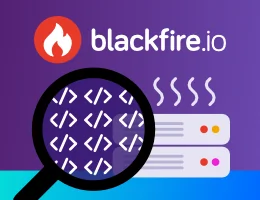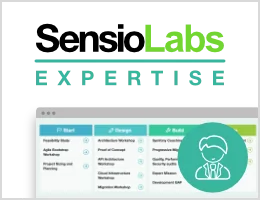Configuring Babel with Encore
Babel is automatically configured for all .js and .jsx files via the
babel-loader with sensible defaults (e.g. with the @babel/preset-env and
@babel/preset-react if requested).
Need to extend the Babel configuration further? The easiest way is via
configureBabel():
1 2 3 4 5 6 7 8 9 10 11 12 13 14 15 16 17 18 19 20 21 22 23
// webpack.config.js
// ...
Encore
// ...
.configureBabel(function(babelConfig) {
// add additional presets
babelConfig.presets.push('@babel/preset-flow');
// no plugins are added by default, but you can add some
babelConfig.plugins.push('styled-jsx/babel');
}, {
// node_modules is not processed through Babel by default
// but you can allow some specific modules to be processed
includeNodeModules: ['foundation-sites'],
// or completely control the exclude rule (note that you
// can't use both "includeNodeModules" and "exclude" at
// the same time)
exclude: /bower_components/
})
;Configuring Browser Targets
The @babel/preset-env preset rewrites your JavaScript so that the final syntax
will work in whatever browsers you want. To configure the browsers that you need
to support, see PostCSS and autoprefixing (postcss-loader) with Webpack Encore.
After changing your "browserslist" config, you will need to manually remove the babel cache directory:
1 2
# On Unix run this command. On Windows, clear this directory manually
$ rm -rf node_modules/.cache/babel-loader/If you want to customize the preset-env configuration, use the configureBabelPresetEnv()
method to add any of the @babel/preset-env configuration options:
1 2 3 4 5 6 7 8 9 10 11
// webpack.config.js
// ...
Encore
// ...
.configureBabelPresetEnv((config) => {
config.useBuiltIns = 'usage';
config.corejs = 3;
})
;Creating a .babelrc File
Instead of calling configureBabel(), you could create a .babelrc file
at the root of your project. This is a more "standard" way of configuring
Babel, but it has a downside: as soon as a .babelrc file is present,
Encore can no longer add any Babel configuration for you. For example,
if you call Encore.enableReactPreset(), the react preset will not
automatically be added to Babel: you must add it yourself in .babelrc.
As soon as a .babelrc file is present, it will take priority over the Babel
configuration added by Encore.

